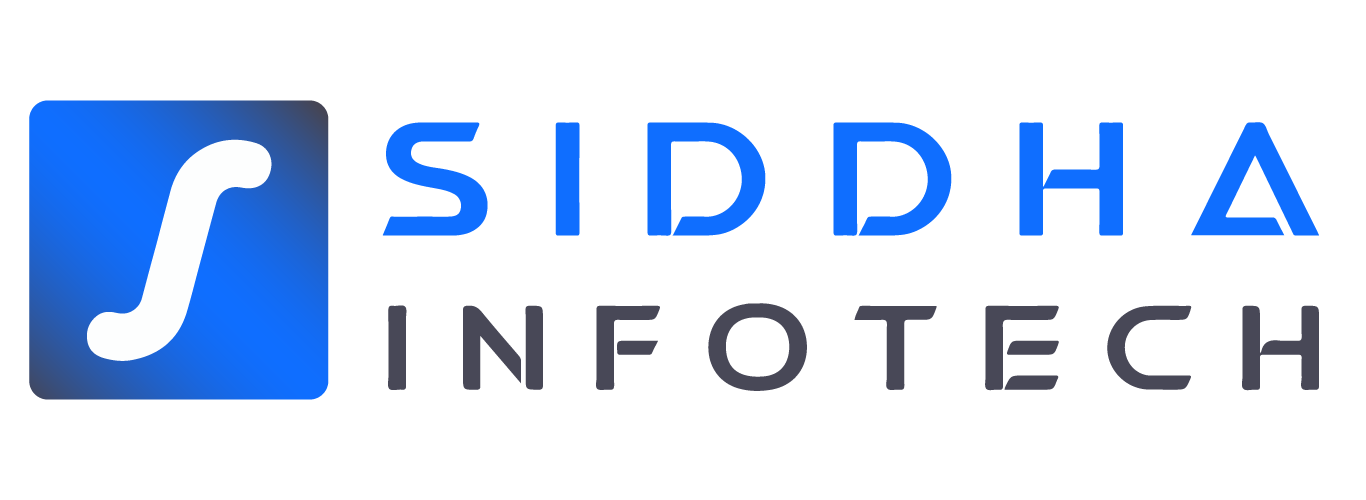
7 Website Development & Digital Marketing Tips for Coal Industry by Siddha Infotech
In the rapidly evolving digital landscape, the coal industry must adopt robust website development and digital marketing strategies to remain competitive and reach a broader audience. Siddha Infotech presents seven essential tips to enhance your online presence and drive business growth.
1. Optimize Your Website for Mobile Users
With a significant number of users accessing websites via mobile devices, ensuring your website is mobile-friendly is crucial. A responsive design not only improves user experience but also boosts your SEO ranking. Implement features such as easy navigation, fast loading times, and optimized images to cater to mobile users. Use tools like Google’s Mobile-Friendly Test to evaluate your site and make necessary adjustments.
2. Leverage SEO for Increased Visibility
Search Engine Optimization (SEO) is the backbone of digital marketing. By optimizing your website content for relevant keywords, you can increase your visibility on search engines like Google. Conduct thorough keyword research to identify terms your target audience is searching for. Focus on both short-tail and long-tail keywords to cover a broad spectrum. Additionally, ensure your meta titles, descriptions, and alt tags are optimized. Regularly update your content to keep it fresh and relevant.
3. Create High-Quality, Relevant Content
Content is king in the digital marketing world. Producing high-quality, informative content can position your business as an authority in the coal industry. Develop a content calendar to consistently publish blog posts, articles, and case studies that address your audience’s pain points and interests. Use a mix of formats, including videos, infographics, and podcasts, to keep your content engaging. Share your content across social media platforms to increase reach and drive traffic back to your website.
4. Utilize Social Media Marketing
Social media platforms are powerful tools for connecting with your audience and promoting your brand. Create profiles on platforms like LinkedIn, Facebook, Twitter, and Instagram. Regularly post updates, industry news, and promotional content to engage your followers. Utilize social media advertising to target specific demographics and boost your reach. Engage with your audience through comments, messages, and interactive posts to build a community around your brand.
5. Invest in Pay-Per-Click (PPC) Advertising
PPC advertising can drive immediate traffic to your website. Platforms like Google Ads and Bing Ads allow you to target specific keywords and demographics. Develop compelling ad copy and use high-quality images to attract clicks. Monitor your campaigns regularly to analyze performance and make data-driven adjustments. PPC can be particularly effective for promoting special offers, new products, or events.
6. Implement Email Marketing Campaigns
Email marketing remains a highly effective way to nurture leads and maintain customer relationships. Build an email list by offering valuable content, such as whitepapers or eBooks, in exchange for contact information. Segment your list to send personalized messages that resonate with different audience segments. Use automated email sequences to send timely, relevant content to your subscribers. Track metrics like open rates and click-through rates to optimize your campaigns.
7. Analyze and Adapt Your Strategies
Continuous improvement is key to successful digital marketing. Use tools like Google Analytics and SEMrush to track your website’s performance and gather insights. Analyze metrics such as traffic, bounce rate, conversion rate, and user behavior to understand what’s working and what needs adjustment. Regularly review your strategies and make data-driven decisions to enhance your digital marketing efforts.

